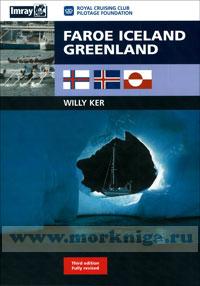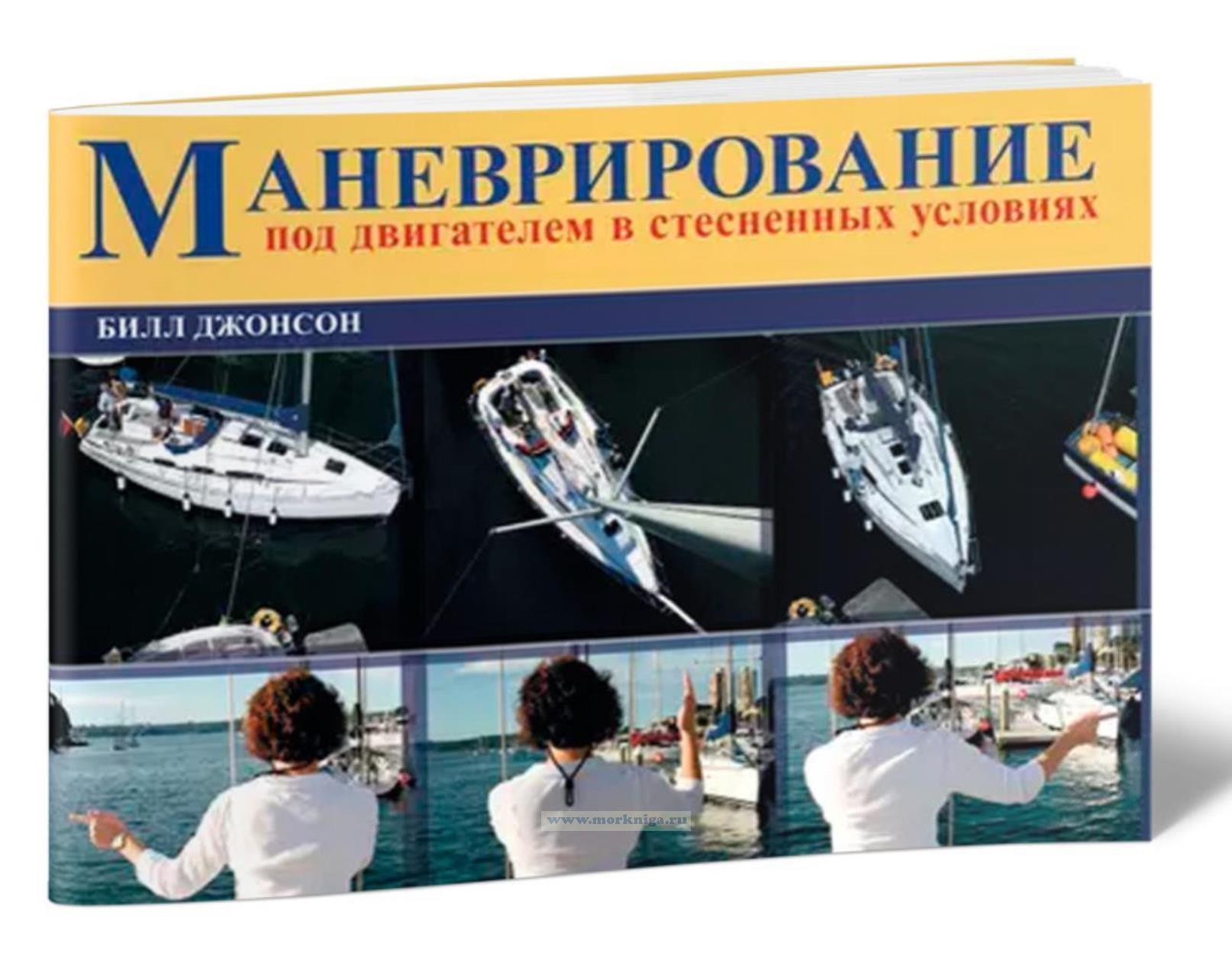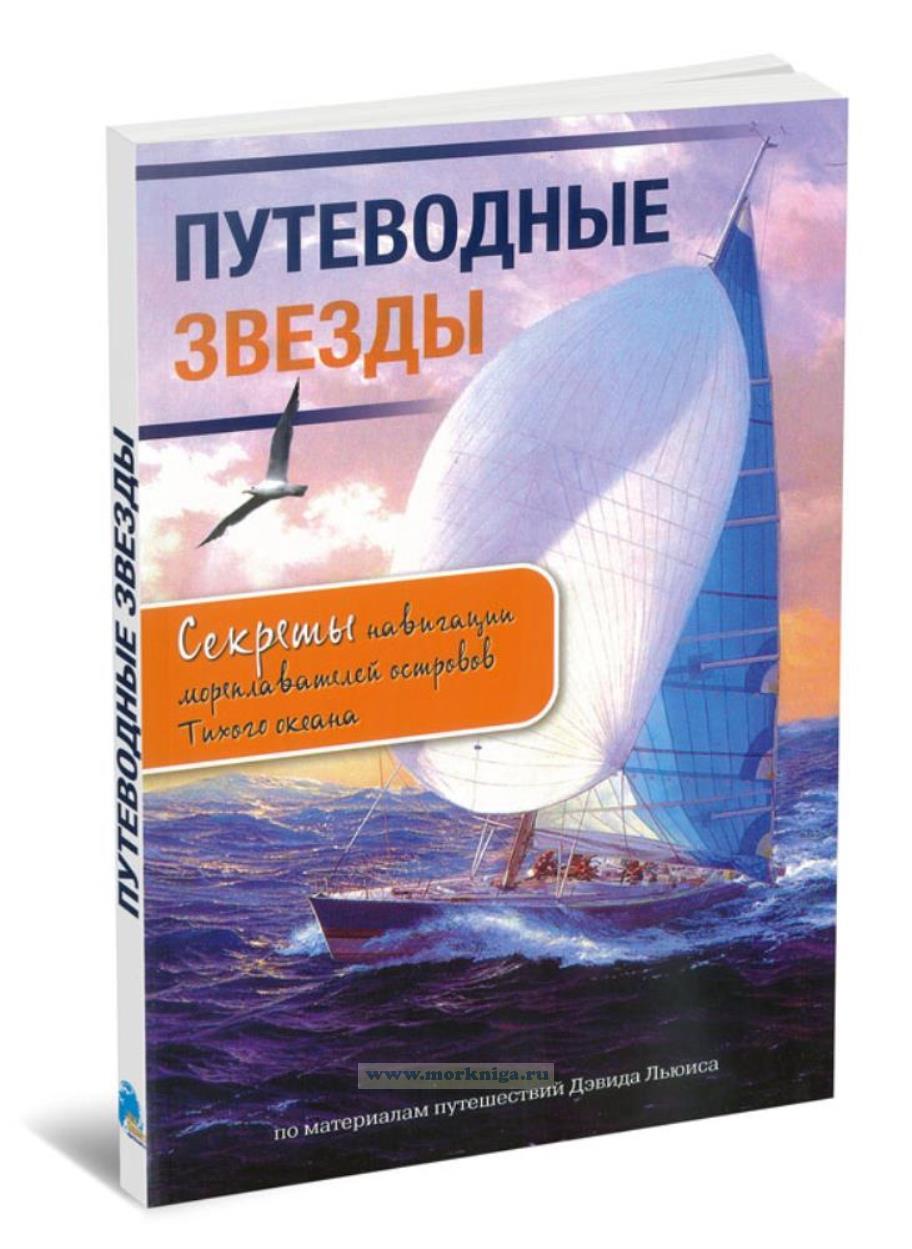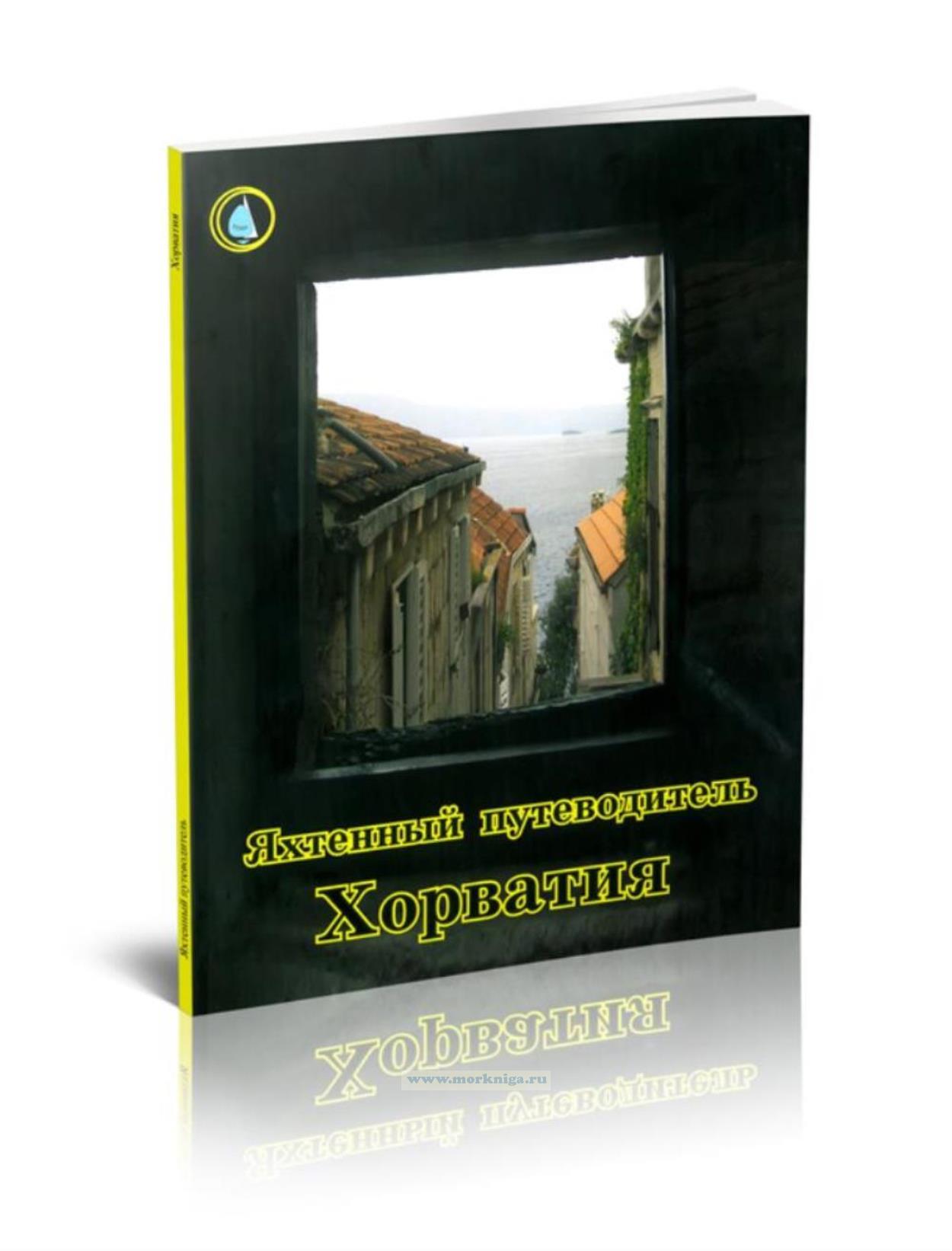Faroe Iceland and Greenland Фарерские острова, Исландия и Гренландия
This book is about sailing in the North Atlantic, roughly from latitude 60°N to the Arctic Circle (66°30'N) and, in Greenland, into the regions of ice as far north as 71°N on the East Coast (Scoresbysund) and 78°N on the West Coast (Thule).
Not much more than 1,000 miles from Britain as the gull flies, and much less from North America, you enter a land of ice and mountains comparable to anything in South America and the Antarctic Peninsula. The Vikings knew the way, and the stepping stones that they used are still there. It is less than 200M from Norway to Shetland and a similar distance from there on to Faroe; similar again from the North of Scotland to Faroe; and 250 miles from Faroe to Southeast Iceland. All these were 48-hour voyages in a Viking ship with a fair wind, and so they remain for today's sailor. The shortest distance from Labrador to Greenland is about 500 miles.
These are the lands of the Sagas, the sea routes and settlements of the more adventurous of the West Norwegian Vikings, escaping from overcrowding and political problems at home in the 9th and 10th centuries. But they found that St Brendan and his fellow Celtic seafarers and holy men had been there first and, in Greenland, they found the Inuit. They created Europe's prototype of parliamentary democracy and left us one of the greatest bodies of literature since classical times. The Vikings are still in Faroe and Iceland, but Greenland reverted to the Inuit when the weather patterns deteriorated and the political centre of operations moved back to Norway and Denmark in the 14fh century.
Sailing in these waters is often challenging, but the rewards are immense. There is no need to head south for the sun: this is where it shines in the northern summer while (if you are lucky) Atlantic depressions pass to the south. You have the magic of 24-hour daylight and the midnight twilight (Shetland's Simmer Dim), vistas of fjords, cliffs and mountains unsurpassed anywhere in the world; huge colonies of seabirds and carpets of flowers that respond to the short season and the intense light with tremendous growth and colour. In contrast, you also find a high incidence of fog and low cloud, when the magnificent views are reduced to a few feet of gloomy cliff.
In Faroe you sail through fierce tides to tiny settlements that have clung to windswept sites for more than a thousand years, surrounded by mountains and sheer cliffs. There are some good, secure harbours, ancient churches and some spectacular modern ones; in the capital Torshavn you can visit excellent art galleries and museums.
When you reach Iceland, you sail round the fringe of a country as big as Ireland with a population of only a quarter of a million people, half of whom live in and around the capital, Reykjavik, while the rest are distributed among small, remote coastal settlements in every fjord that offers shelter for a few fishing boats. Every major farm is on the site of one of the original settlements, over a thousand years old, and it is interesting to identify them from the sagas. The interior is black volcanic mountain and white icecap, almost uninhabited and a fine sight from the sea. In the Westmann Islands (Vestmannaeyjar) you can inspect an island that popped out of the sea less than fifty years ago (Surtsey), and an even newer mountain (Eldfell) that grew in a few days. Almost every town has a modern swimming pool with Jacuzzi or 'hot pots' (heitur pottur) fed by geothermal hot springs and, for balance, there is usually an internet cafe.
Faroe and Iceland are free of ice (except for the rare summer occurrence of E Greenland ice off the NW of Iceland) and the sailing season is from June to the end of August. To sail the west coast of Greenland you must wait a little longer but to penetrate the far northwest or any of the east coast you are into serious ice navigation, very dependent on the year's ice conditions and the available ice reports. East Greenland is for the ice navigation enthusiast and in some years is almost entirely blocked by the ice that comes down from the north on the East Greenland current. West Greenland offers a thousand miles of the most spectacular cruising along a heavily indented coast, where icebergs calve from the glaciers against a backdrop of starkly impressive mountains asking to be climbed.
Wherever you sail in these waters, you will find real solitude, history, magnificent scenery, pulsating wildlife, friendly people and interesting - and sometimes testing - sailing.
ISBN: 971-0-85288-765-5
Contents
Acknowledgements, iv Foreword
INTRODUCTION
Navigation
Further reading
FAROE
Introduction
Navigation
Harbours and anchorages
ICELAND
Introduction
General information
Supplies and services
Cruise planning
AREA I Southwest Iceland
AREA II The West Coast
AREA III The North Coast
AREA IV The East Coast
GREENLAND
Introduction
General information
Supplies and services
Cruising information
Climate, weather and sea
Ice
AREA A The West Coast
AREA В The Southwest Coast
AREA С The Northwest Coast
AREA D The East Coast
APPENDIX
A Faroe
В Iceland
С Greenland
D Ice Glossary & Egg code
E Greenpos & Kystcontrol ship reporting systems
INDEX

 Маневрирование под двигателем в стесненных условиях
Маневрирование под двигателем в стесненных условиях  Путеводные звезды. Секреты навигации мореплавателей островов Тихого океана
Путеводные звезды. Секреты навигации мореплавателей островов Тихого океана  Яхтенный путеводитель "Хорватия"
Яхтенный путеводитель "Хорватия"